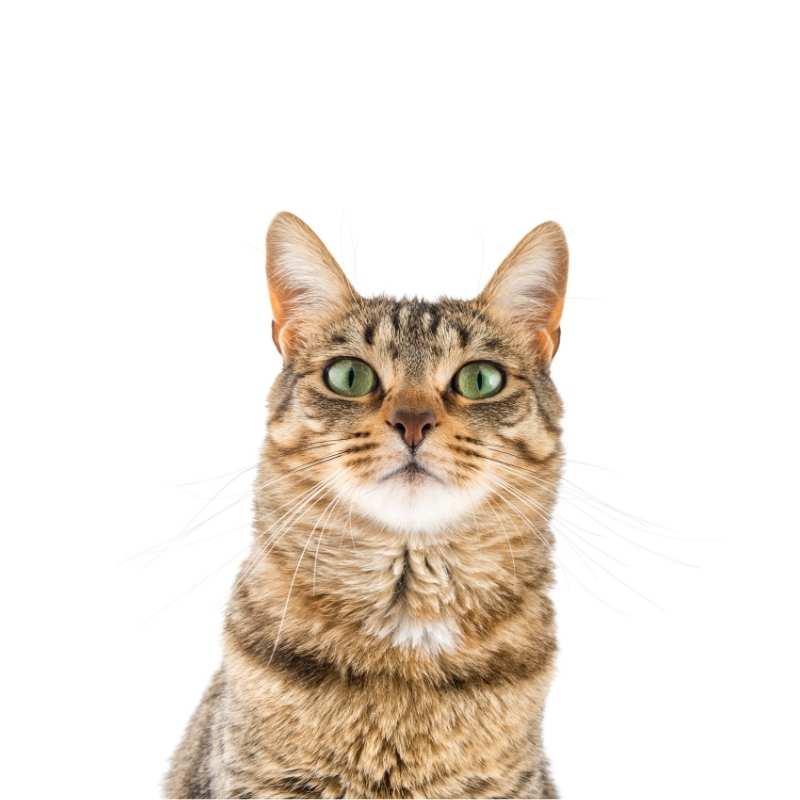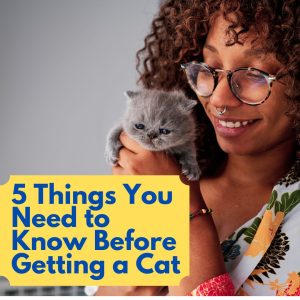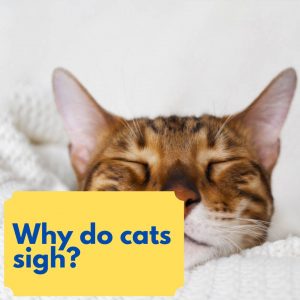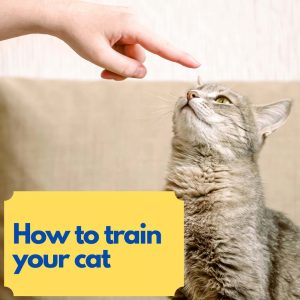Myth #1: Cats will always land on their feet
While cats are known to instinctively fall head first and may survive falls from high places, they also receive broken bones in the process. Cats are naturally curious and adventurous, but they still need some protection. If you have a balcony or window consider installing insect screens to prevent them from falling. This will allow your cat to take in the fresh air while still keeping them safe.
Myth #2: Tapeworms are caused by bad food
Some people think that tapeworms come from bad food, but pets can become infected with the parasite when they eat fleas which can carry the parasite. Cats may also get tapeworms from eating mice or birds who have been infected with these so always provide a healthy diet and be vigilant about fleas.
Myth #3: It is bad for pregnant women to own cats
Some cats can be infected with a disease called toxoplasmosis, which occasionally is spread to humans through cat litter boxes. The cat’s urine contains Toxoplasmosis and this organism can be found on your cat’s paws as well as in their faeces so it could be passed on to you when you clean out the litter box. Expecting mothers should assign cat cleaning duties to another member of the family to help prevent problems.
Myth #4: Cats can’t get rabies
Yes they can. Rabies is a viral disease that can infect all warm-blooded animals, including cats and people. If you want your cat to live a long and happy life, it is important that she gets vaccinated against rabies. The disease can be transmitted through animal bites as well as scratches so make sure she gets this vaccination regularly!
Myth #5: Cats can drink milk every day
Most cats like milk, but should not drink it. Cats are lactose intolerant so any type of dairy can cause digestive issues. A small amount of consumed milk may result in mild digestive issues but larger amounts can lead to serious problems.
Myth #6: Indoor cats don’t get diseases
A lot of people think that Indoor cats cannot get diseases, but they still are exposed to organisms carried through the air or brought in on a cat owner’s shoes and clothing. Even if your pet is permanently indoors, they still are exposed to organisms carried through the air or brought in on a cat owner’s shoes and clothing.
Myth #7: Spayed or neutered cats get fat
Regardless of these procedures, cats can become overweight or obese by eating too much. Cats need the right amount of exercise to stay fit and healthy. If your cat continues eating what it has been used to without adjusting its diet then you could see them gain weight over time if not careful about maintaining an active lifestyle with plenty more playtime.
Myth #8: Put garlic in a pet’s food to get rid of worms
The internet is full of misinformation on how to get rid of worms in cats. There are many treatments that purport garlic as an effective cure, but it’s not true; you might actually be doing more harm than good for your pet with this treatment! Garlic can cause toxicity even at low doses which could lead to problems so keep them away from it.
Myth #9: A cat’s balance comes from its whiskers
There are many people who say that cats have amazing balance because of their whiskers, but the truth is better than any fancy explanation. Whiskers work as feeler-like organs which detect things around them. The cat’s sense of balance comes from their ears just like us humans.
Myth #10: Animals are able to heal themselves by licking their wounds
Some people think that animals heal themselves by licking their wounds, but this is not true. Licking can slow down the healing process and further damage to their injuries so always make sure you consult with a vet.
Like us, you want to be a responsible cat owner and provide your pet with the best possible care. This is why it is important to always get the right information from the right sources like your vet and us of course! Have you heard any other myths that need to be de-bunked? If so, make sure you leave them in the comment section below.








